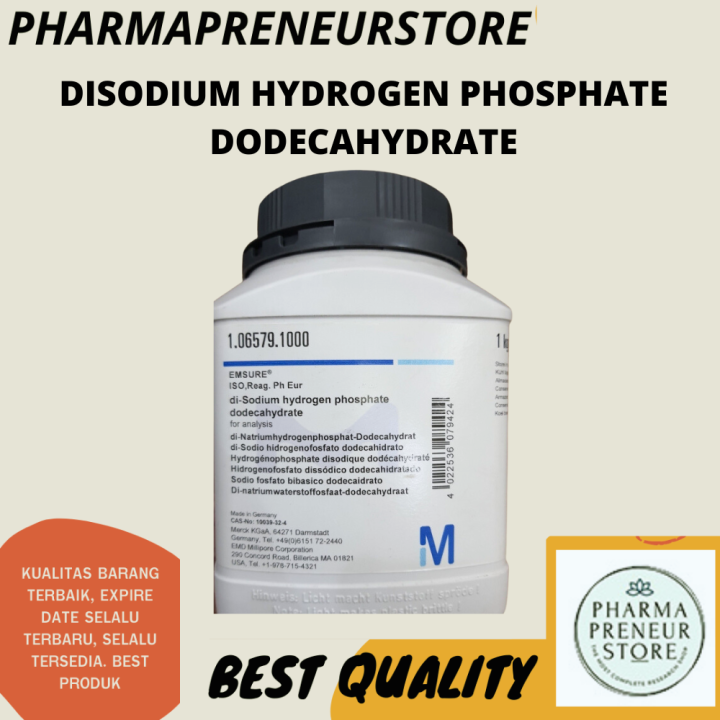What Are Potassium Phosphates (E340) In Food, Uses And Variations?
Phosphates are obtained from naturally occurring phosphate rock. Potassium phosphate is commercially derived from the neutralization of phosphoric acid with potassium hydroxide or potassium carbonate. When used as meals additives, they almost haven't any side effects and security has been accredited by the U.S. Food and Drug Administration (FDA) and European Meals Security Authority (EFSA), as well as the Joint FAO/WHO Knowledgeable Committee on Food Additives (JECFA).

An intriguing aspect of tripotassium phosphate is its alkaline properties. It's usually added to low-acid foods to extend their pH, offering a less hospitable setting for pathogenic microorganisms. This practical property is incredibly useful in food security and preservation efforts. Questions usually come up relating to the security and health implications of additives like tripotassium phosphate. Risk Management: Based on the above assessments, regulators decide the need for, and type of, control measures for the secure use of the additive within the food provide. It's noteworthy that regulatory perspectives often contain a conservative strategy to ensure public safety, drawing on a large base of scientific evidence and studies to reach their conclusions about meals additive safety.
Different strategies of preparation are available for all three forms of sodium phosphate. The three types of sodium phosphate have considerably completely different uses. Hen processors typically dip complete chickens in an answer of TSP earlier than treating and packaging them. The compound kills bacteria and reduces the danger of meals poisoning. All three forms of sodium phosphate are mild pores and skin, eye, and respiratory system irritants. Tribasic sodium phosphate has somewhat more serious health consequences than the monobasic or dibasic varieties. Sodium dihydrogen phosphate dihydrate acts as buffering capacity reagent in molecular biology, biochemistry and chromatography. It's used in the preparation of biological buffers. It's also used in the purification of antibodies, as a laxative and, in combination with other sodium phosphates This Thermo Scientific Chemicals brand product was initially a part of the Alfa Aesar product portfolio. Some documentation and label data might refer to the legacy model. The unique Alfa Aesar product / merchandise code or SKU reference has not changed as a part of the model transition to Thermo Scientific Chemicals.
Nevertheless, one might ponder the pure prevalence of tripotassium phosphate in foods. Reality be advised, it doesn't naturally occur in giant amounts in entire foods. As an alternative, it is synthetically produced and added to foods during processing. Figuring out food sources that include tripotassium phosphate can steer you towards making extra knowledgeable choices if you're looking to keep away from artificial additives. Both mono and diammonium phosphates have good physical properties when synthesized from the wetprocess phosphoric acid. Storage properties and the convenience of granulation will depend on the quantity of impurities, which form a gel like structure (primarily aluminum and iron phosphates). This gel promotes granulation and serves as a conditioner to stop caking even at reasonably excessive moisture ranges.